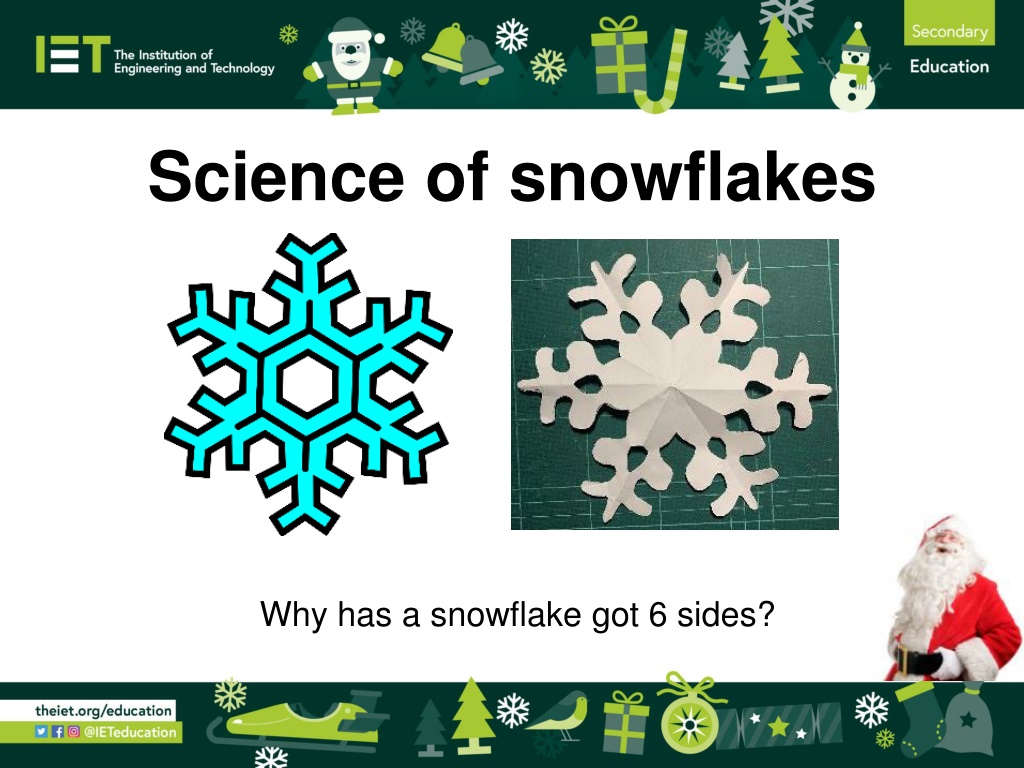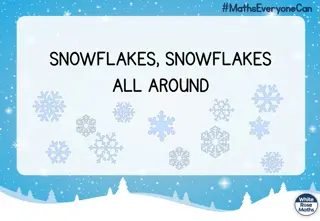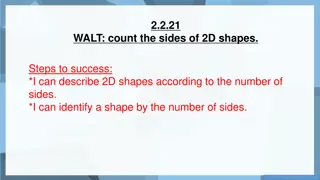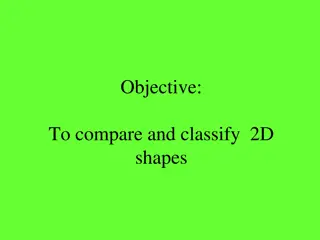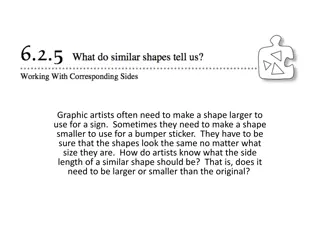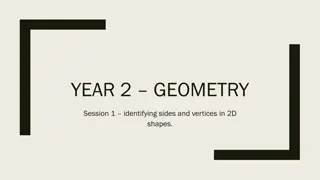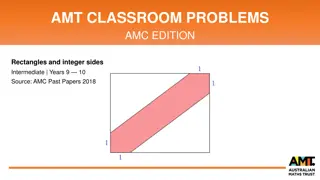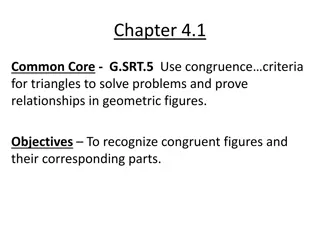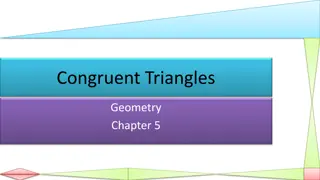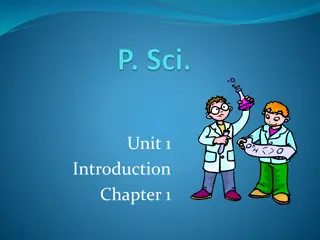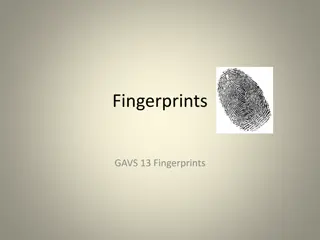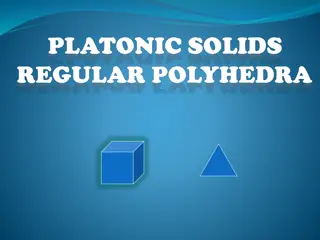The Science Behind Snowflakes: Why They Have 6 Sides
Discover the intricate beauty of snowflakes and the fascinating reasons behind their hexagonal shape. Learn how the molecular structure of water molecules and hydrogen bonding contribute to the formation of snowflakes with 6 sides. Engage in a safe and educational snowflake-making activity while understanding the science that makes each snowflake unique.
Download Presentation

Please find below an Image/Link to download the presentation.
The content on the website is provided AS IS for your information and personal use only. It may not be sold, licensed, or shared on other websites without obtaining consent from the author. Download presentation by click this link. If you encounter any issues during the download, it is possible that the publisher has removed the file from their server.
E N D
Presentation Transcript
Science of snowflakes Why has a snowflake got 6 sides?
Science of snowflakes Stay safe Whether you are a scientist researching a new medicine or an engineer solving climate change, safety always comes first. An adult must always be around and supervising when doing this activity. You are responsible for: ensuring that any equipment used for this activity is in good working condition behaving sensibly and following any safety instructions so as not to hurt or injure yourself or others Please note that in the absence of any negligence or other breach of duty by us, this activity is carried out at your own risk. It is important to take extra care at the stages marked with this symbol:
Snowflakes They are always flat with 6 sides They are made from H2O (Water): 2 molecules of hydrogen 1 molecule of oxygen Their molecules move freely above 4oC Below 4oC the molecules freeze in the air, making hexagon shapes
Snowflakes why a hexagon shape? 1 of 3 There are electrons and protons in the oxygen and hydrogen molecules This creates a polar charge
Snowflakes why a hexagon shape? 2 of 3 The hydrogen molecules are attracted to the oxygen molecules This is called hydrogen bonding So below 4oC the hydrogen bonds crystallise to form snow, snowflakes and ice
Snowflakes why a hexagon shape? 3 of 3 The polar charge holds the molecules together As they crystallise, they create a hexagon lattice The hexagons then tesselate to make snow, snowflakes and ice
Snowflake activity - make a snowflake Step 1- Make a square Fold one corner of A4 paper Fold over one end of the paper Cut off at the fold
Snowflake activity - make a snowflake Step 2 Place the triangle in the position shown Fold the right side as shown Fold the left side as shown
Snowflake activity - make a snowflake Step 3 Cut the 2 folds on the bottom Draw a design on the triangle
Snowflake activity - make a snowflake Step 4 Cut out the pattern Unfold the paper to reveal your snowflake
